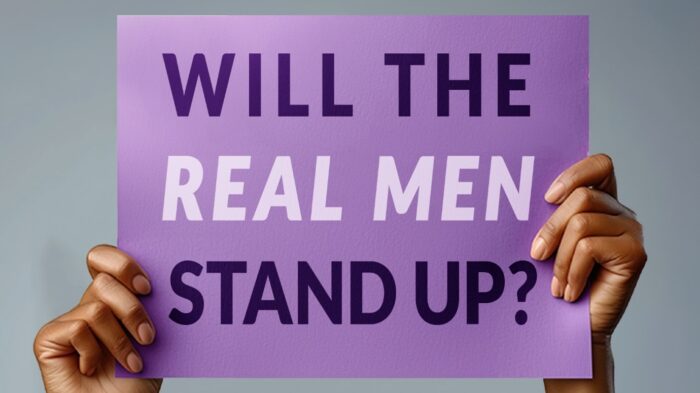Balance for Better: The Benefits of a Gender-Equal Workplace
Why should gender be a business concern?
The systemic undervaluing of the ability of women in the workplace is hardly news. Women have been consistently paid less, promoted less frequently, given less credit and treated worse ever since the workplace began. They have had their bodies held against them – whether by being denied opportunity on the basis that they may, one day, fall pregnant and have to take maternity leave, by being considered too “emotional” for important decision-making or by male colleagues using their proximity and power to foster a culture of sexual harassment and even outright abuse.
According to the World Economic Forum’s 2018 Global Gender Gap Index, if things continue as they are, it will take 135 years to close the pay gap between men and women in sub-Saharan Africa. North Africa did not fare any better. A 2017 study from Columbia University and the Wharton School of Business found that women entrepreneurs looking for start-up funding were asked more negative questions than their male counterparts – and ultimately tended to receive less funding. It’s not only that women are paid less for the same work – women are also “more likely to work in industries with lower average pay”, with the higher-paying fields still dominated by men (World Economic Forum, 2017). Gender inequity touches every part of the business world.
But again – why should gender be a business concern? In other words, can gender equality in the workplace drive better business results?
Put simply, the answer is yes. Gender equality in the workplace helps businesses attract and retain talent, improves organisational performance, burnishes a company’s reputation, and is even associated with improved national productivity and economic growth (Australian Workplace Gender Equality Agency). In addition, a more diverse workplace inspires innovation and creative collaboration, as well as enabling the business to draw on a more varied pool of experience, skills and knowledge. At the end of the day, when an organization values its people, they respond in kind – with loyalty, commitment and enthusiasm.
Just talking about it is not enough. Women in the Workplace, an annual study on women in corporate America conducted by LeanIn.Org in partnership with McKinsey & Company, found in 2018 that “More than 90% of companies say they prioritize gender and racial diversity because it leads to better business results, but the message is not reaching employees. Only 42% of employees think this is the case for gender diversity, and only 22% think it’s the case for racial diversity.” Creating a gender-equal workplace is not a once-off PR stunt – it is a long-term commitment that needs to be driven from the top and permeate every part of the business. It is not just about putting women on the website; it is about holistically creating tangible change in company culture.
The solution cannot be limited to business, of course – because the problem is rooted in our culture. We all have to make a conscious decision to encourage and empower our daughters to pursue the higher education that will open better doors for them down the road. Every step of the way, from how children are taught about jobs in school to how educational opportunities are awarded, needs to be recalibrated in order to foster sustainable long-term improvement in the gender equity in our office buildings, on job sites and in laboratories. However, business cannot wait for these changes to be made for us. We must lead the way – because only if we commit to real change can it be achieved in our lifetimes.




